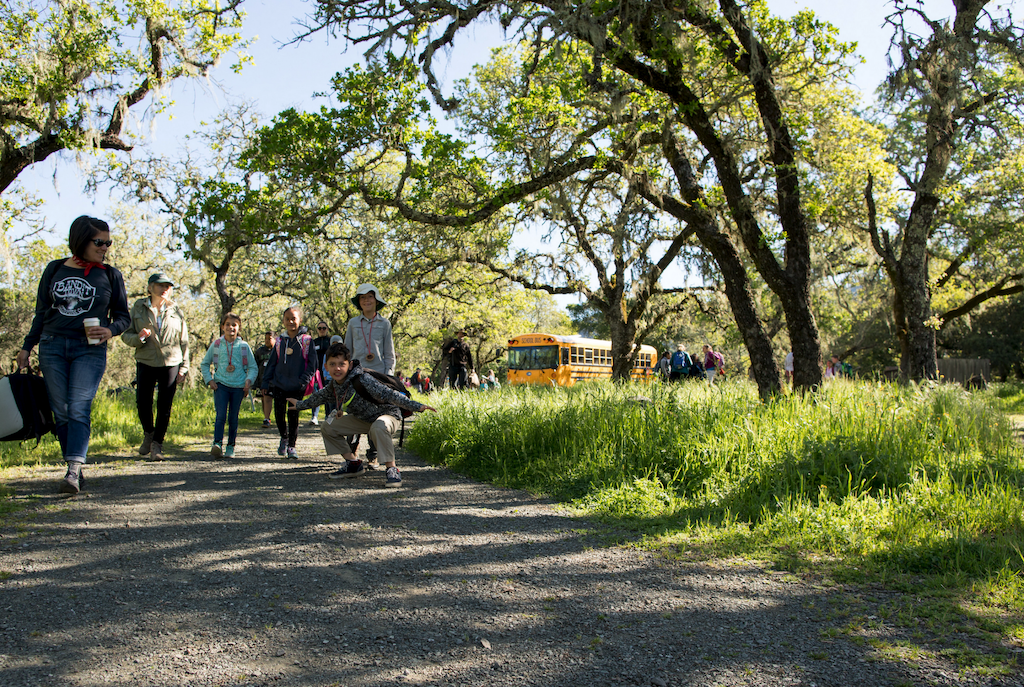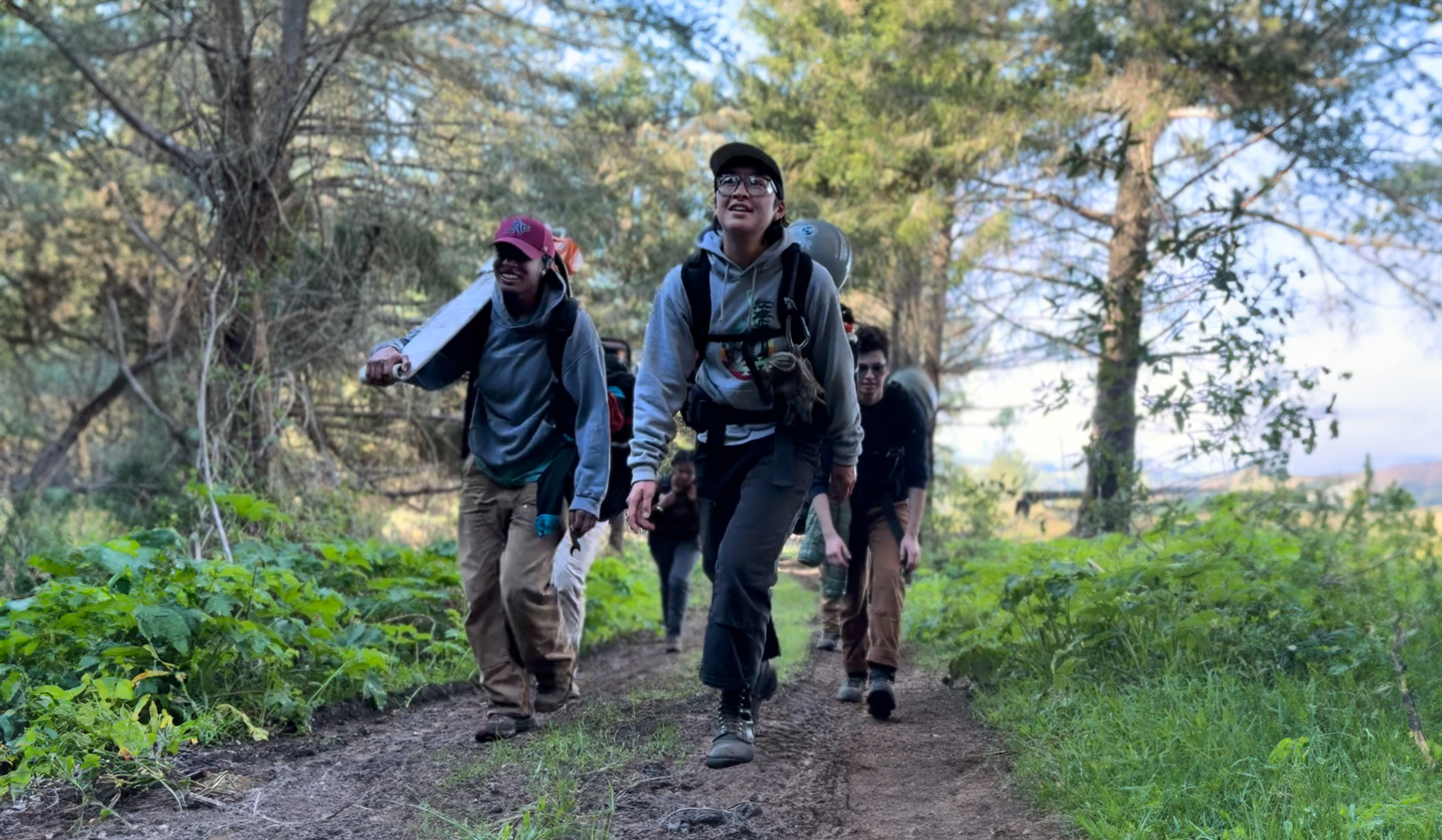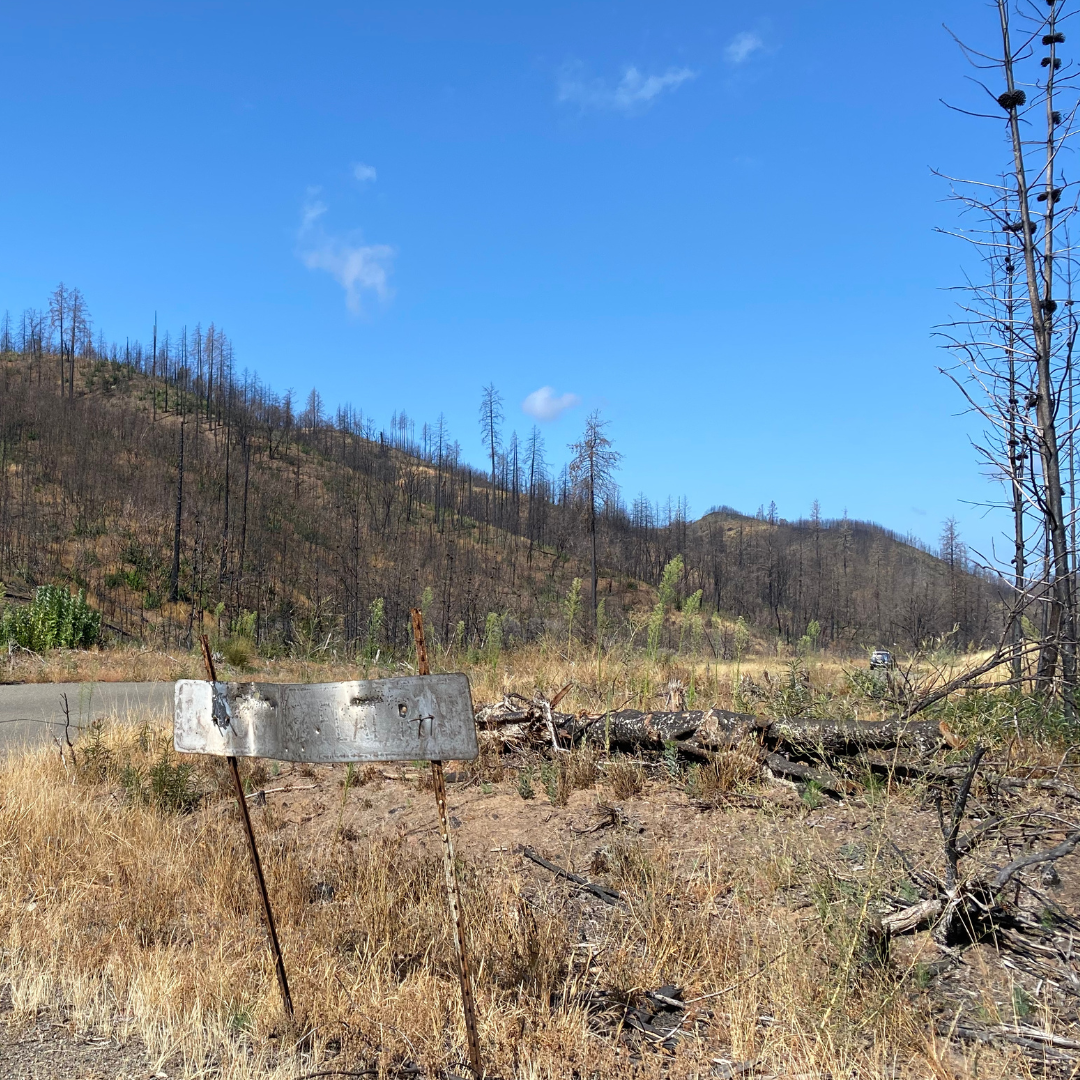In early March, mountain lion P37 joined the rank of tracked animals that scientists are studying as part of Audubon Canyon Ranch’s Living with Lions program. P37, is a young dispersal male mountain lion. Tracking these young cats provides valuable data on whether there is connectivity in the landscape for wildlife.
Dispersal movement occur when mountain lions mature and move away or “disperse” from their natal home habitat. As young lions strive to find their own territory, they may experience heightened conflict with other lions or humans while staking their territory and assessing their potential range.
P37 first heads south before reversing his movements
On March 7, Dr. Quinton Martins—principal investigator for Living with Lions and co-founder of True Wild—received a call from a resident near Freestone who had experienced the loss a sheep due to a mountain lion. Martins got permission from the landowner to allow us the opportunity of capturing and collaring the offending cat for monitoring purposes. Kate Remsen, who coordinates the Living with Lions Trail Camera Project, met with Dr. Winston Vickers of UC Davis and Dr. Justin Dellinger of California Department of Fish and Wildlife, to ready the cage and capture the lion for collaring.
Within hours, the mountain lion was collared and entered into the tracking system as P37: a young, 18- to 24-month-old lion. In the first few days, P37 headed south toward Petaluma before reversing his direction. En route he was recorded as having spent 137 hours eating a deer he had caught in a vineyard.
He continued walking north until the Russian River, where he paced the river area for several days. Finally, on a quiet morning on March 24 at Mother’s Beach near Forestville, P37 swam across the river—all 45 feet of it.
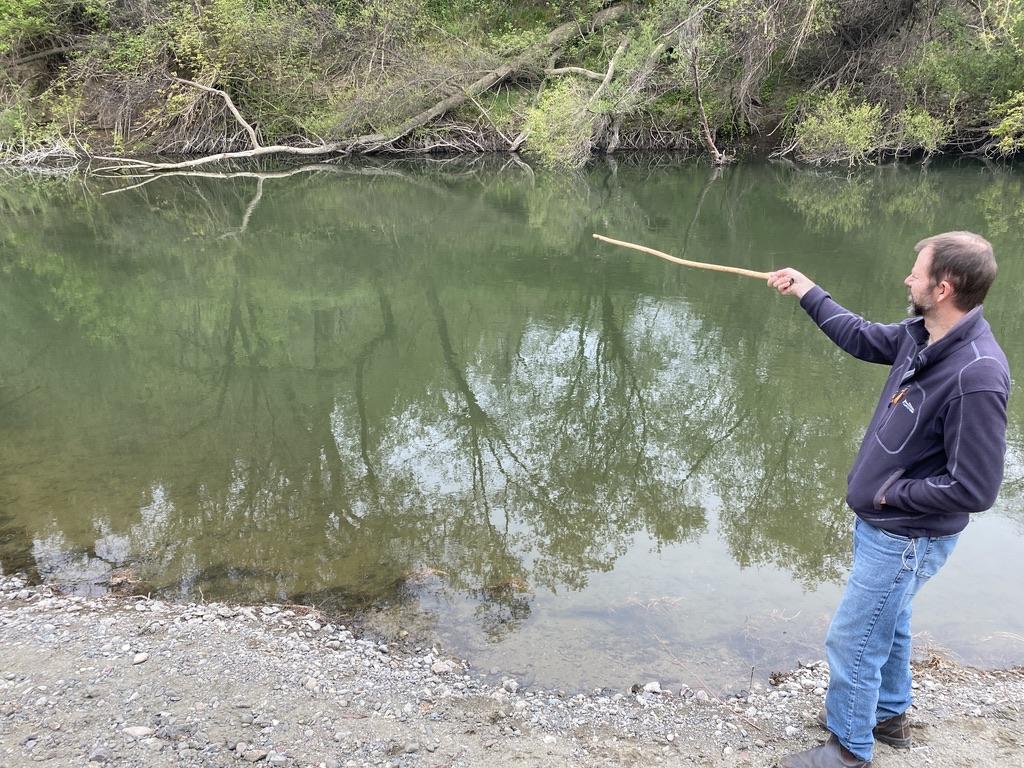
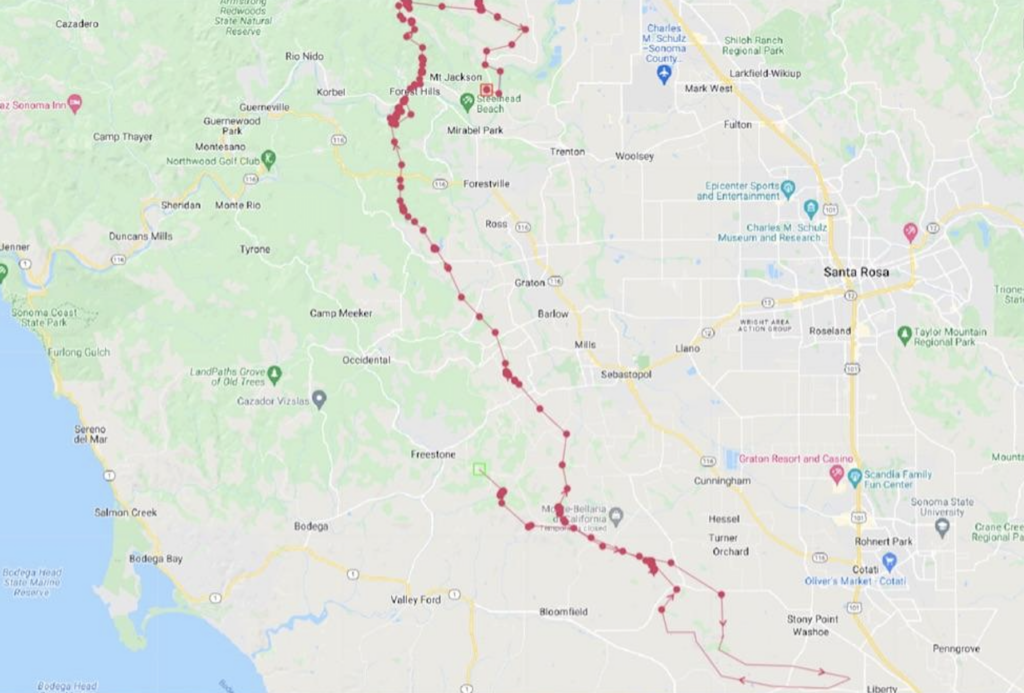
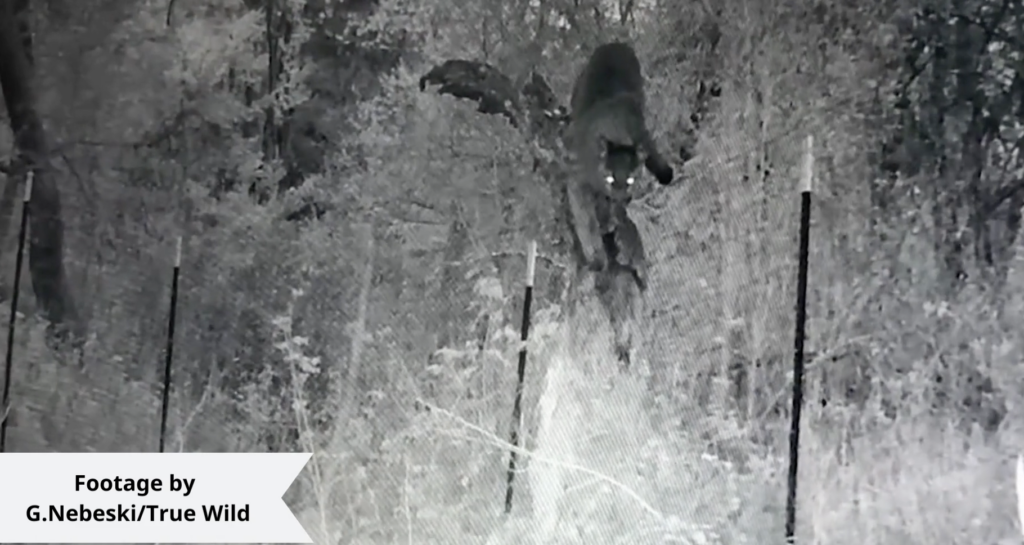
Dr. Martins finds the tracks where P37 crossed the Russian River
Shortly after, Martins headed out to Mothers Beach to look for tracks of where he crossed. “It was very satisfying to find his tracks and see where he had been just a few hours earlier. We could also tell he walked up and down the bank looking for the most appropriate place and possibly mustering up the courage to take the plunge.”
By tracking young mountain lions, the scientists with Living with Lions can study the movement patterns of dispersing lions and identify priority habitats and key wildlife corridors. The hope is to understand better how these lions move and negotiate the reality of living in areas with fragmented habitat—habitat that is also near rural and suburban developments.
Lions also face peril on our roadways, as seen by the loss of P38
Sometimes, unexpected human-wildlife interactions occur, such as when mountain lions are hit by traffic. Within the past four months two mountain lion cubs have died due to vehicle strikes. Recently, a young cub (P38) was found on the side of the road west of Sebastopol.
“I’m always aware when driving in the area that there may be a possibility of coming across a roadkill mountain lion,” says Remsen. “But I never expect it to happen, especially in Sonoma County where it really isn’t that frequent of an occurrence in comparison to Southern California where it happens all the time.”
Remsen was the first person on the scene for P38, and believes that this cub “was likely moving with its mom when struck,” given the lion’s young age. Samples were taken to determine P38’s relatedness to any of the 37 lions that have been a part of the Living with Lions studies thus far.
While we are sad to share this news, we do want to take this time to remind everyone—for their own safety as well as the safety of wildlife and other travelers, to drive slowly and carefully, especially around dusk and dawn.
“Hopefully this can open people’s eyes a little wider and encourage them to slow down on our roads. We’re not the only ones using them after all,” cautions Remsen.
VIDEO BONUS: To see footage of P37, click here for a short video, courtesy of G. Nebeski/True Wild.
